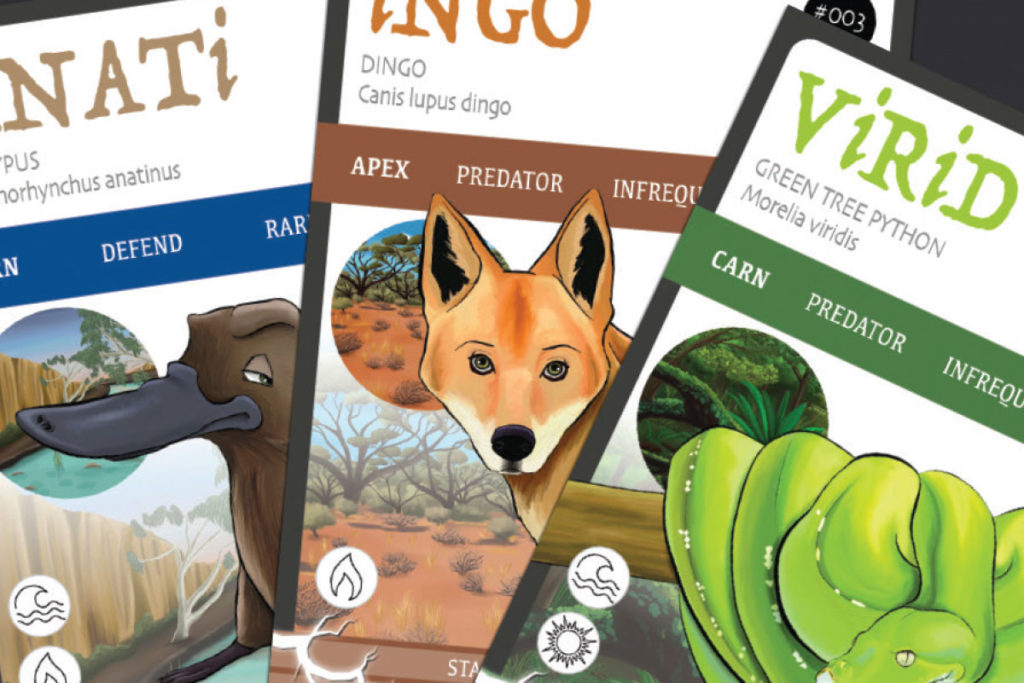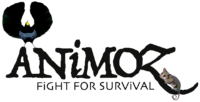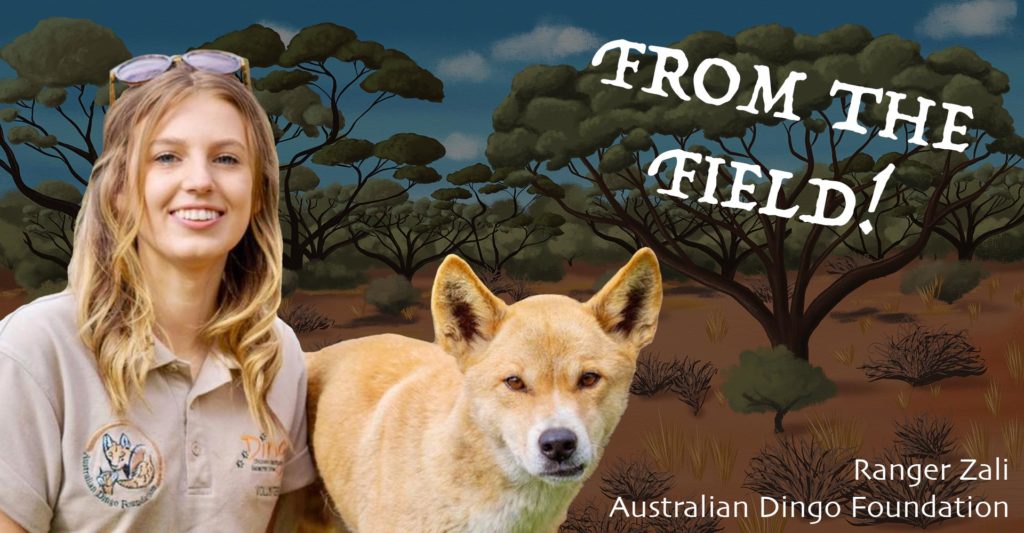From the Field: Headquarters speaks to real-life Rangers working to save ANiMOZ species like iNGO the Dingo!
In our From the Field series, we talk to people working across Australia to save the many animals you know from the World of ANiMOZ. Today, we hear from Ranger Zali from the Australian Dingo Foundation!
Ranger Zali is a volunteer with the Dingo Discovery Sanctuary and Research Centre in Victoria. After visiting the sanctuary for the first time without knowing much about the species, Zali left “entirely awe-inspired by our apex predator.”
She says she signed up immediately back in 2017:
“It has taken over my life in the best way possible. I realised that a lot is needed to be done to better protect the dingo. And the best place to start is getting the word out.”
She says that although lots of people have a negative view on iNGO, it is “purely due to a lack of understanding about this beautiful animal.”
“Lots of cool science about dingoes is emerging. We are starting to get a better picture about their role in the environment and how we can live with wildlife, rather than destroy it,” says Ranger Zali.
“Education and research is so important to effectively protect wildlife.”

Why is the dingo important for the Australian ecosystem?
“Just like lions and wolves in other countries, dingoes are Australia’s apex land predator! This means they have a very important job to regulate a healthy environment. The circle of life.”
Zali says dingoes play their part in a healthy ecosystem by:
- controlling introduced animals such as rabbits, foxes and feral cats
- Maintaining healthy populations of herbivores (our plant eating animals). This way, there is enough food and habitat for everyone.
“Here in Australia, we have very unique wildlife. Our animals are quite small and tough, to suit Australia’s harsh conditions. This is why our dingo is smaller than other top predators in other countries, with adult dingoes weighing only around 18kg.
Dingoes are not just ‘wild dogs’. They are a seperate species to our domesticated dogs, and are very important as our only top order land predator.
“They are genetically, physically and behaviourally very different to domestic dogs.”

What are some interesting adaptations of the dingo?
In ANiMOZ, iNGO has the Superpowers of Stamina and Family (read more about those at this link).
But Ranger Zali highlights lots of other important behavioural adaptations of the dingo, some of which could count as other powers like built-in blankets, and rock-climbing abilities:
- Dingoes behave a lot more like cats than dogs. They are smart, efficient hunters, and also quite lazy
- Dingoes are monogamous! This means that they have one mate for life. They also have equal parental care, which means that dad has to help out with raising the cubs too!
- Dingoes are usually found in a family group or simply a male and female pair. They have very particular social structures, and are very territorial. Males are usually not allowed to stay with the parents after 1 year
- Dingoes look different depending on where in Australia they are! There are 3 main ecotypes:
- Alpine Dingoes in the East. These Dingoes have a thick coat, and very fluffy tail that they can use as a blanket.
- Desert or Inland Dingoes across the centre and west of Australia. This ecotype has long legs, and are great at chasing prey over longer distances. They can even reach up to 70km/hour!
- Tropical Dingoes in the North West. These Dingoes are incredible at climbing cliffs and rocky outcrops.
- Dingoes have incredible senses. They have a strong sense of smell, refined hearing and slightly offset eyes which allow for a wider range of vision. As well as this Dingoes actually use their whiskers to find insects, by sensing their vibrations
- Most of the ‘wild dogs’ across Australia are actually dingoes! This means that crossbreeding between dogs and dingoes is not as common as once thought. This is likely because of their strict social structures, and their unique adaptations to survive Australia’s harsh conditions.
What can I do to support dingo conservation?
Sadly, Ranger Zali says that iNGO the dingo continues to be persecuted across Australia – one of the dangers that animals have to overcome in Ultimate Ranger.
“Their biggest threat is people. It is legal to kill dingoes on private land in Australia. Within National Parks and on private land, dingoes are killed by 1080 poison and wild dog control efforts.
But this can change! You can help save the dingo!
- Spread the word: education and passion goes a long way in environmental conservation!
- Support the efforts of the Australian Dingo Foundation, a non-profit organisation that is run by volunteers. Their aims are non-invasive research, education and preservation of the dingo.
- Sign petitions
- Write to your local politician
- Take some time to learn about the dingo and our incredible wildlife in general!

